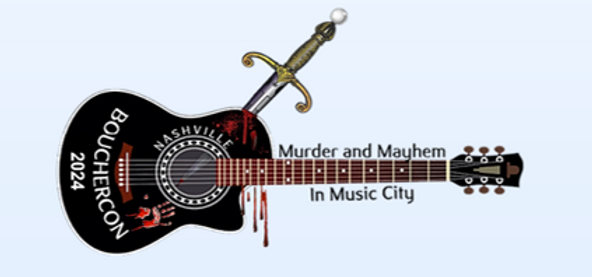Guest Blog by Hidden Rooms Author Kate Michaelson
- tfried4884
- May 8, 2024
- 3 min read
Updated: May 10, 2024
Secrets of Old Houses Revealed by Kate Michaelson
Could an old house become a character, a nemesis?
Definitely! Old houses come with personalities, so a house could certainly act as a force for good or evil in a story. The novel The Little Stranger by Sarah Waters is a perfect example of this. It’s set in England at a once-grand family estate that’s falling to pieces around the heirs. As members of the family begin seeing things and acting strangely, the reader has to decide if the house is haunted, if the family is mad, or if the house itself is turning against them.
In Hidden Rooms, Riley’s family home acts as a character in the way it mirrors her family—it’s off-kilter and quirky but has the kind of charm that comes with being well loved. It’s also a hundred-year-old Gothic Revival, meaning it has dramatic steep angles and gingerbread trim, and it’s surrounded in trees like a fairytale cottage from the brothers Grimm. It’s one of those things that’s a bit eerie-looking but also lovely at the same time, so the reader has to decide if there’s something sinister going on behind the charming veneer or not.
Houses I Interviewed for my novel and what they told me
Researching old houses to build setting
Since I’m obsessed with old houses, I had a lot of fun finding excuses to tour some of them in Northern Ohio. The book is set in an area called the Firelands, which was settled by abolitionists from Connecticut and New York in the early 1800s, and there are quite a few properties that were stops on the Underground Railroad.
One house I had the privilege of ‘interviewing’ was the Second Empire John Wright Mansion in Lyme Village. This house is about twenty minutes from where I grew up, and I remember driving by it for the first time and just slowing down to take it in. Then I turned around and gawked some more. Pictures don’t really do it justice because it looms over its surroundings in a way that’s majestic but also almost threatening. When I started writing my book, I knew I wanted to include a similar place, so I created “the Castle” as its fictional counterpart. Although Wright Mansion wasn’t built until 1880, other structures on the property were used as stops on the Underground Railroad.
I had a wonderful tour guide who had stories about every aspect of the place. He showed me everything from hair wreaths, to delicate, hundred-year-old wedding gowns, and played the old Victrola for me. The house has been restored by volunteers from the bottom up, so it was interesting that the higher we went, the less work had been done. It was almost like excavating layers of the past as we climbed. The turret of the house was the least renovated, but it had the most gorgeous views in every direction. As I stood there, I could imagine the residents over a century ago standing in the same spot and looking out over the same forests and fields. You could really feel the accumulated history of the generations that had passed through the place.
Connections between family and houses
I’m so glad you asked about this. One thing I wanted to emphasize in Hidden Rooms was the way the family is connected to the house, the farm, and the surrounding property. In Demon Copperhead, Kingsolver says that for farmers “leaving your family’s land would be like moving out of your own body.” For them, a parcel of land isn’t only a home—it’s their whole way of life since the farm is where they make a living and probably where generations of their family have done the same.
At the same time, I think there can be an intense connection between any family and their house. Our homes are where we go to let our guard down and where we collect all the things we care about. The way we keep the house up and the objects we put on display say so much about who we are and what we value.
How many times have you walked into someone’s home and thought, Oh, now I get it, or maybe been completely surprised by a side of someone’s personality they only express on their home turf. I intended the idea of “hidden rooms” in my book to be more figurative than literal since I think everyone has elements of themselves that they hold back from public view, and our houses are often the places where we keep these secrets.
Website: www.katemichaelson.com
Buy links: Amazon, Bookshop.org, or CamCat Books








Comments